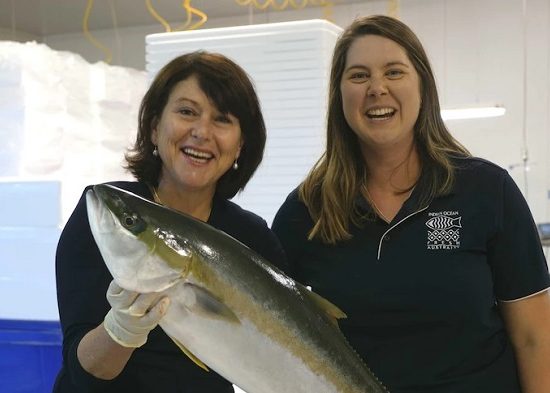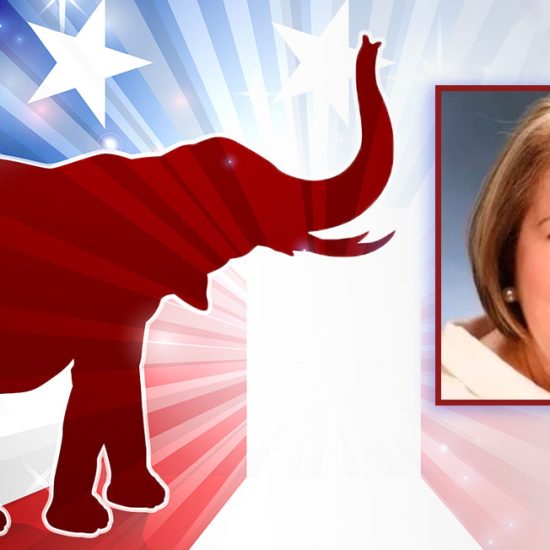Stories about Alaska’s sad record of domestic violence we’ve known for years. We are not proud of it. The statistics and stories show up on charts, in doctor’s offices, and in slide presentations given at conferences across the country, and now they show up in the LATimes.
Because of politics.
Ironic, because this issue is not political. When it becomes a slapping stick for political opponents, I think we stoop too low. “Hey, you’re not really against violence against women.” “Oh, but I’ve done more for being against violence against women than you.”
It is not a political dartgame. Though it dramatizes the issue, and that can be good for awareness, it belittles us in Alaska, where we deal with dark nights, long winters, and far distances, to be using it as a dart board.
Both sides. We ALL are against it.
To deal with it as a political issue is like throwing ice cubes on snow.
Violence against women emerges as key campaign issue in Alaska
The statistics paint a dismal picture here: Alaska leads the country in the rate of forcible rape, three times the national average. It has the highest rate of men killing women. It is among the top states for domestic violence.
The U.S. Centers for Disease Control and Prevention ranks Alaska No. 3 in the nation — after Oklahoma and Nevada — for the percentage of women who have endured “rape, physical violence and/or stalking by an intimate partner.” In Alaska, 44.2% of women have been victimized in their lifetime, compared with 32.9% in California and 32.3% in New York.
Nearly 60% of all women in Alaska have been victims of rape or domestic violence or both in their lifetimes, according to a study by the Justice Center at the University of Alaska Anchorage, whose researchers say the results could be conservative.
“Our rates of violence are so high up here that anyone who is considering running has to have a stance on the issue or there’s no hope for them,” said Amanda Price, executive director of Standing Together Against Rape, an Anchorage-based advocacy and victim services group. “It has not been this front and center before.” via LA Times











